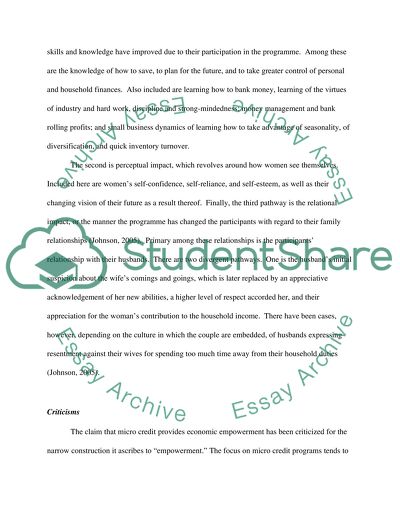Cite this document
(“Phd proposal Essay Example | Topics and Well Written Essays - 3500 words”, n.d.)
Retrieved from https://studentshare.org/environmental-studies/1406020-phd-proposal
Retrieved from https://studentshare.org/environmental-studies/1406020-phd-proposal
(Phd Proposal Essay Example | Topics and Well Written Essays - 3500 Words)
https://studentshare.org/environmental-studies/1406020-phd-proposal.
https://studentshare.org/environmental-studies/1406020-phd-proposal.
“Phd Proposal Essay Example | Topics and Well Written Essays - 3500 Words”, n.d. https://studentshare.org/environmental-studies/1406020-phd-proposal.


